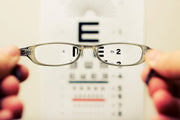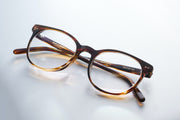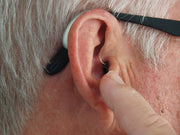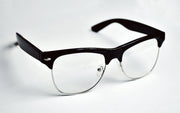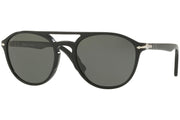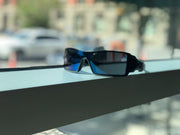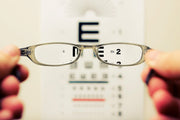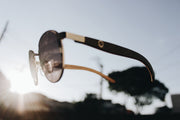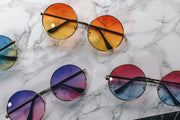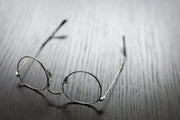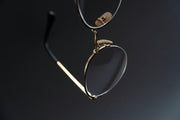There isn't one answer to this question, as every person's ears are different shape and size. However, there are a few general tips that can help glasses fit comfortably on ears.
Should glasses rest on your ears?
Your glasses should rest on your ears comfortably. If they pinch behind the ears and aren't comfortable overall, everything rests on the fact that the temples weren't a good length. If they are the right length, they might be pinching your ears due to an ill-fitting earpiece. Should your glasses' internal earpieces be fit correctly and you're experiencing discomfort because of it, visit an optician and have them fit you for another more optimal earpiece.
How should my glasses fit on my ears?
The arms of your glasses should go back only to your cheekbones, or to either side of your head in front of your ears. If glasses slope too steeply, they may press the bridge of your skull, leading to headaches.
How do you fit glasses behind your ears?
To fit glasses behind your ears, place your glasses in a bowl of warm water for 30-60 seconds. Carefully apply an inward and downward pressure to the end of the temples to achieve a tighter fit behind the ears.
How far should glasses go behind your ears?
The temples of your frame should be long enough to be bent outward comfortably at a position above the tops of your cheekbones and your ears. Around 30 to 45 mm of the temple should be allowed to exceed this bend point and be adjusted to considerately conform to the contour of your head behind your ear.
Why do my glasses hurt behind my ears?
The reason why your glasses hurt behind your ears is mostly because of the size of your frames. Not all frame designs are suitable for every head shape, and in some instances you may experience discomfort in your ears caused by frames that are just too tight. This could arise from restricted blood flow due to the frames behind you.
Are my glasses too big for my face?
To see whether your glasses are too big for your face, smile, and see if your glasses rub against the apples of your cheeks. Your eyes should be centered within the lenses, with the temples resting lightly against your face. If your eyes are closer to the nosepiece of the glasses, the glasses may be too big for you.
How do I stop the top of my glasses from hurting my ears?
To stop the top of your glasses from hurting your ears, you can try applying a small amount of baby powder behind your ears to minimize friction and prevent any form of humidity that could irritate your ears. If the top of your eyeglasses are continually being pushed up, this is a clear sign that the hinges might be damaged.
Conclusion
In conclusion, glasses should fit comfortably on your ears without being too tight or too loose. If you are having trouble finding a pair of glasses that fit properly, visit an optometrist or eyeglasses retailer to get help.








